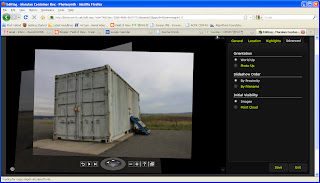http://www.sfedit.net/reviewers.pdf
1. Read all of the comments fromreviewers and the editor.
2. Never respond immediately. Allow yourself a few days to reflect on the comments.
3. If the comments from the editor and reviewers can be used to improve your manuscript, by all means, make those changes.
5. If your manuscript has been provisionally accepted, it is a good idea to respond promptly. As soon as possible, begin drafting a polite, thoughtful, clear, and detailed response.
6. Be polite. Avoid a defensive or confrontational tone in your response. The goal is to extract helpful information fromthe comments, adopt any useful suggestions to improve your manuscript, and calmly explain your point of view when you disagree.
7. Respond completely to each comment in an orderly, itemized manner, and, if necessary, copy and paste into the letter any substantive changes made to the manuscript. There is no limit on the length of your response. Most editors are willing to read a long and complete response.
8. Change and modify your manuscript where it makes sense. You are not required to make every suggested change, but you do need to address all of the comments. If you reject a suggestion, the editor will want a good reason with evidence supported by references. Just because you prefer it your way is not a good enough reason.



